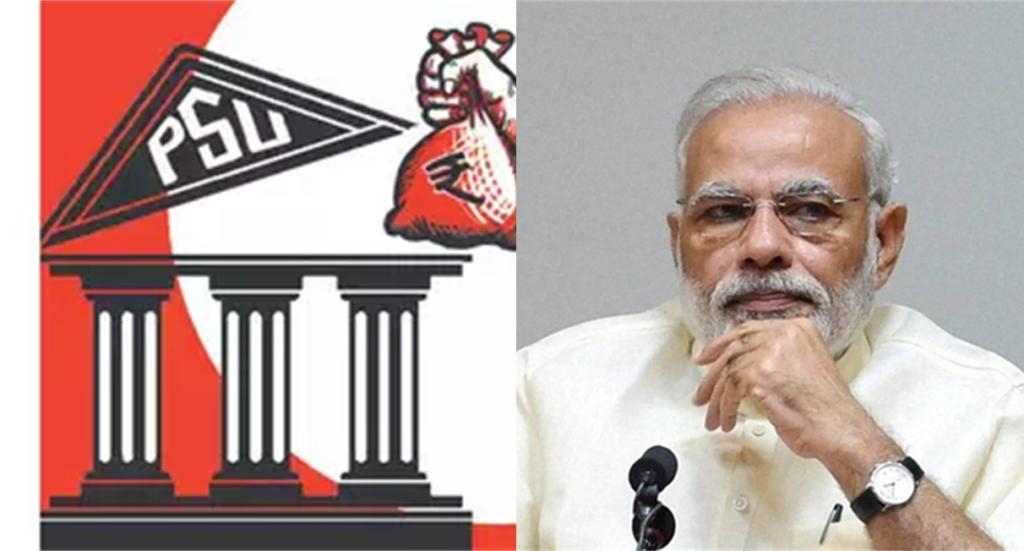Modi government plans to infuse another 300 billion rupees in public sector banks (PSBs) as part of its recapitalization programme. In October last year, the finance ministry announced that it will put 2.11 trillion rupees in PSBs to spur lending and end the capital shortage. This is the largest bank recapitalization plan in the country ever. The 2.11 trillion rupees is almost 70 percent of the total assets of the country’s banking industry consisting of 21 PSBs, 26 private sector banks, 43 foreign banks and 56 regional rural banks (RRBs) or 1.3 percent India’s GDP. As per the central government plan, 1.35 trillion rupees was expected to come from recapitalization bonds and 56,000 crores through market borrowings by selling government stakes in these banks while 180 billion rupees through budgetary provisions.
Indian economy was suffering from the capital shortage. The banks in the country could not lend due to capital shortage and companies did not apply for loans because they were not able to pay back the money borrowed earlier. This was termed as ‘twin balance sheet (TBS)’ problem by the former chief economic advisor, Arvind Subramanian in the Economic Survey. The ‘twin balance sheet’ problem, identified as the major reason behind low economic growth in the Economic Survey could be solved through capital infusion.
Modi government solved the twin balance sheet problem by the implementation of different measures to resolve the NPA crisis and revive credit. The government decided to pump money in undercapitalized public sector banks from its own coffers to revive the credit growth. So, the banks were helped in two ways- first, they got money from resolutions under Insolvency and Bankruptcy Code (IBC) and secondly, from the capital infusion programme of government.
The huge capital infusion was implemented to bring the capital adequacy level of PSBs as per Basel III norms by March 2019. Earlier this year, the government put 113 billion rupees in five PSBs which were suffering most from the capital shortage. ‘Nirav Modi Scam’ hit PNB received the largest chunk of 28.16 billion rupees; Allahabad bank which ranked lowest in capital adequacy level received 17.99 billion rupees while Andhra Bank, India Overseas Bank, and Corporation bank received 20.19 billion rupees, 21.57 billion rupees, and 25.55 billion rupees respectively.
The remaining capital infusion amount is 420 billion rupees. The banks could not raise the targeted funds from markets because foreign institutional investment remained low in the previous year. The foreign institutional investors (FIIs) fled to American markets given the positive outlook of the US economy. So, the government decided to invest 30,000 crore rupees on its own to bring the capital adequacy level as per the Basel III norms. As the government seeks to revive Micro, Small and Medium Enterprises which suffered most from the capital shortage and strict lending norms by RBI, the capital infusion was necessary. The insolvency process has been liberalized for MSME sector and the with new RBI governor at the helm of policy affairs, the prompt corrective action (PCA) rules could also be revisited. These steps will revive the credit growth. Helped with capital infusion, banks will have enough capital to go on a lending spree which will further accelerate the economic growth.
